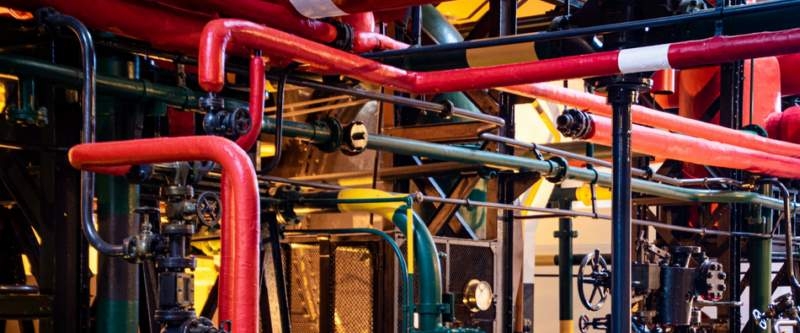Pipe Bending: The Art Behind the Technique

IntroductionImagine a world where pipes twist and turn like a contortionist at a circus. Well, that's not too far from reality in the realm of pipe bending! It’s a skill that combines engineering finesse with a touch of artistic flair. In the underground world of plumbing and construction, bent pipes are not just functional, they’re like the sleek silhouettes of modern architecture, quietly boasting their curves while whispering, “Look at me, I’m more than just a pipe.” Why Bend Pipes?The question isn't just why, but why not? Bending pipes allows for seamless transitions in piping systems. Installing a straight pipe is like serving plain oatmeal at a fancy dinner—unnecessarily bland and lacking creativity. Instead, bent pipes can navigate around obstacles, fit into tight spaces, and reduce the need for many joints, which is just like avoiding awkward small talk at a party. Benefits of pipe bending include:- Improved flow: A smooth curve allows for efficient fluid dynamics, keeping the flow as steady as a well-rehearsed tap dance.
- Avoiding leaks: Fewer joints mean fewer chances for leaks, akin to keeping secrets safely sealed in a vault.
- Space-saving: Curved pipes can fit where straight ones simply can’t, much like that friend who can squeeze into every bar booth.
Tools of the TradeTo master the art of pipe bending, one must first assemble their toolkit. Imagine a painter’s palette, but instead of colors, we have tools designed to curve metal like it’s made of butter. The essentials include:- Pipe bender: The superhero of the toolkit, providing leverage and control, ready to save the day with precision bends.
- Angle finder: Because who doesn’t need to measure angles, even if it sounds like a party trick from a math nerd?
- Marker: A humble yet vital tool; after all, you can’t bend what you can’t see!
- Protective gear: Safety first! Just like wearing a helmet while bike-riding, unless you enjoy spontaneous trips to the ER.
Types of BendsThere’s a whole world of bending styles out there, just waiting to be explored. Think of it as the different dance moves one might learn in a dance class, each with its unique flair:- Offset bends: Like the first awkward steps on a dance floor, these bends allow pipes to shift up or down, creating a 'zig-zag' effect.
- Long radius bends: For those who prefer elegance and smoothness, these bends take a long, graceful arc—think of the ballerina of the pipe world.
- Short radius bends: Quick and nifty, these bends are ideal for tight spaces, resembling a fast-paced salsa move that gets you into the groove.
The Bending ProcessEngaging in pipe bending is a bit like preparing a gourmet meal. It requires technique, patience, and possibly a splash of creativity. 1. Measure and mark: Precision is key; nothing says ‘oops’ quite like a bent pipe that’s a foot shorter than it should be.2. Set up the pipe bender: Think of arranging your ingredients perfectly before cooking. 3. Begin bending: Gently apply pressure while keeping your focus, as you might while attempting to balance on one foot during yoga.4. Check the angle: This is where the angle finder comes into play. A quick check prevents a sudden case of pipe regret.5. Finish and inspect: Just like a chef plates their dish, ensure your bent pipe is as aesthetically pleasing as it is functional. Final Thoughts: Bending the RulesNavigating the world of pipe bending might seem daunting, but it’s largely about embracing the unexpected! Whether you become a master bender or simply dabble in the art, remember that every curve is a chance to showcase your creativity. With the right tools and a sprinkle of flair, bending pipes can be as exhilarating as hitting the jackpot on a slot machine—only with less noise and more metal. So, go ahead and twist those pipes like you’re at a dance-off!
|
|







